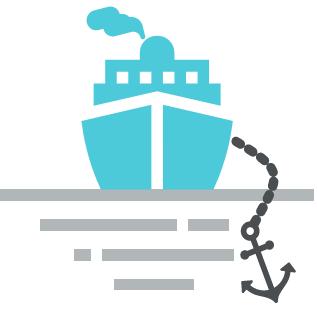LNG Carrier Sector Faces Challenges as Aging Vessels Are Sent to Scrapyards
The liquefied natural gas (LNG) carrier sector is currently facing challenges, with nearly 60 vessels reported as inactive, according to Clarksons Research. In a notable shift in market dynamics, shipowners, especially in South Korea, are increasingly sending older, less efficient LNG carriers to scrapyards.
Recently, four LNG steam turbine ships were sold for demolition by two South Korean owners, including the 135 000 cu m vessels Hyundai Aquapia and Hyundai Technopia, both built around the year 2000. These ships were sold together for recycling at approximately $565 per light displacement ton (ldt), totaling about $19,2 million each. Additionally, Hyundai LNG Shipping sold HL Ras Laffan and HL Sur, also built in 2000, under similar terms.

Источник: wikipedia
All four vessels are now on their way to dismantling in South Asia as part of a strategic withdrawal from aging and economically unviable tonnage. So far in 2025, seven LNG carriers, totaling around 830 000 cu m, have been recycled, nearing the total of eight vessels (960 000 cu m) for the entire year of 2024.
Market analysts attribute the increase in recycling to the growing performance gap between older steam turbine ships and modern, fuel-efficient two-stroke or tri-fuel diesel electric (TFDE) vessels. Older ships are finding it increasingly difficult to compete in the current spot market, where emissions regulations and fuel efficiency are critical factors in chartering decisions.
Currently, charter rates reflect this disparity: TFDE LNG carriers average about $15 000 per day, while newer two-stroke designs command around $30 000 per day, which is unsustainable for many operators, particularly those with aging fleets. The weak demand is leading to a buildup of idle vessels, with nearly 60 LNG carriers currently inactive, and some may soon join their older counterparts at the scrapyards.

